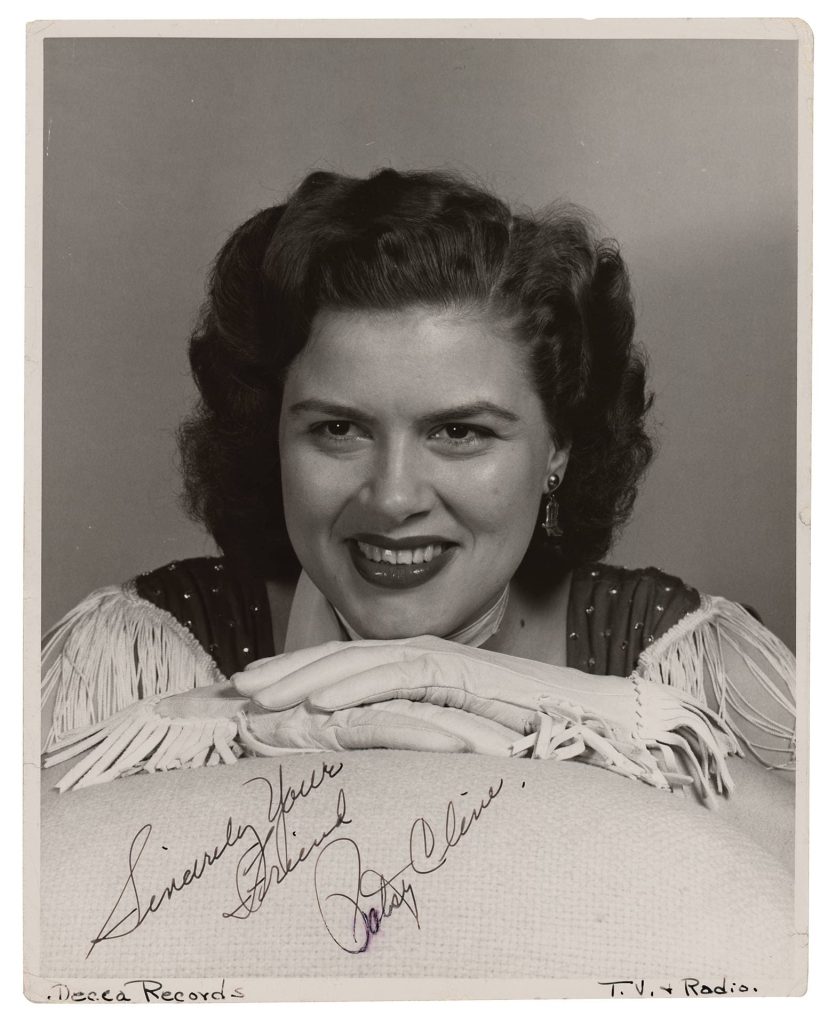
When it comes to timeless voices in country music, few have left as lasting an impact as Patsy Cline. Her recording of “Sweet Dreams”, released posthumously in 1963, remains one of her most iconic and emotionally resonant songs. Originally written by Don Gibson, “Sweet Dreams” had already found success with other artists before Cline put her indelible stamp on it. However, it was Cline’s haunting delivery and emotive depth that elevated the song into the realms of classic country ballads.
Recorded during a period when Cline was at the peak of her vocal powers, “Sweet Dreams” was intended to be part of a new chapter in her career, a period where she was poised to cross over further into the pop world while still remaining rooted in country traditions. Tragically, Cline passed away in a plane crash in March 1963, just before the song’s release. As a result, “Sweet Dreams” took on an additional layer of poignancy, forever tied to the legacy of one of country music’s most beloved artists.
Musically, “Sweet Dreams” showcases what made Patsy Cline so special. Her voice, rich with vibrato and a natural ability to convey vulnerability, brings the song’s bittersweet lyrics to life. The track opens with a lush, string-laden arrangement that gives it a polished, almost cinematic feel, a characteristic of the so-called “Nashville Sound” that was popular in the 1960s. Yet, despite the sophisticated production, it is Cline’s voice that takes center stage. Her delivery of the lyrics, “Sweet dreams of you / Every night, I go through,” aches with longing and melancholy, capturing the complex emotions of heartache and unresolved love.
“Sweet Dreams” tells the story of someone who is trying to move on from a past lover but finds themselves haunted by memories and dreams. It’s a universal theme that resonates with anyone who has experienced the lingering effects of a lost love. Cline’s vocal interpretation of these feelings is powerful, moving from soft tenderness to soaring intensity, reflecting the ebb and flow of emotions. There’s a quiet desperation in her performance, as if she knows she will never fully escape the memories of the person she’s singing about.
What makes Patsy Cline’s version of “Sweet Dreams” so memorable is the delicate balance between country simplicity and pop sophistication. Cline’s voice carries the emotional weight of traditional country storytelling, but the production – with its sweeping strings and polished sound – hints at the broader appeal she had beyond the country genre. This was a sound that helped define Cline’s career, bridging the gap between traditional country music and the pop-inflected Nashville Sound that was becoming increasingly popular at the time.
Upon its release, “Sweet Dreams” climbed to number 5 on the Billboard Hot Country Singles chart and crossed over to number 44 on the Billboard Hot 100, showcasing her broad appeal. The song’s success was a bittersweet reminder of the incredible career Cline had and the potential that was cut short. “Sweet Dreams” remains a testament to her talent, a song that perfectly captures her ability to convey deep emotion with every note.
Over the years, “Sweet Dreams” has been covered by various artists, including Emmylou Harris and Reba McEntire, but it is Patsy Cline’s rendition that has stood the test of time. Her version is considered definitive, a masterclass in how to take a song and make it completely one’s own. Even though Cline didn’t write the song, her interpretation of it feels deeply personal, as if she were pouring her own life’s sorrows into every word.
In the end, Patsy Cline’s “Sweet Dreams” is more than just a hit song from the early 1960s—it’s a poignant reminder of the fragile nature of life and love. Her voice, forever etched into the fabric of American music, continues to move listeners, making “Sweet Dreams” one of the most enduring and beloved songs in country music history. The song remains a fitting tribute to her legacy, ensuring that Patsy Cline’s voice and spirit will continue to haunt and inspire for generations to come.